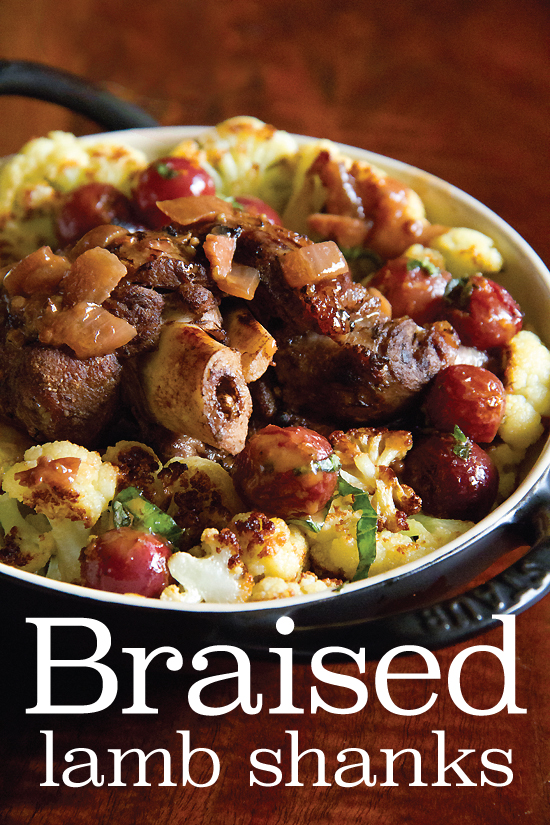
Winter finally came to Los Angeles, so I made Braised Lamb Shanks with Curried Cauliflower and Roasted Grapes (from a recipe I adapted by Stephanie Izard). Braising lamb shanks can take a good long time when done properly, and it’s an enjoyable process. Perfect for a rainy afternoon because it fills the house with those warm and comforting “come and get it” aromas. Fortunately the rain only lasted three days– just long enough for me to make these braised lamb shanks and enjoy the leftovers too.
I know we’ve talked about braising before. But while there’s still a bit of winter lingering in most of North America I figure we should address this cooking technique one more time. It’s a simple process with just a few foolproof steps. The end result is rich and flavorful.
The concept behind braising is this: the main ingredient is seared or browned in fat. It’s then simmered in liquid on low-heat in a covered pot for a very long time. You can choose to braise in the oven or on the top of the stove. Braising is a versatile method of cooking. Even specific recipes, like today’s Braised Lamb Shanks with Curried Cauliflower and Roasted Grapes, are easily adaptable once you have the technique mastered. With braising there’s always some wiggle room to make the dish your own.
Braising is usually my first choice when preparing less expensive, tougher cuts of meat. Now don’t tune out. “Less expensive and tough” are not ways to describe the final product of your braising magic. Braising makes leathery meat– tender. Really, it does. Cooking the meat slow, moist and covered over low heat for a long time breaks down the connective tissue in meat. Through time the moisture and heat build and the collagen (which is what makes the meat “tough”) dissolves into gelatin. The gelatin moves into the sauce and works as a slight thickening agent to make the sauce smooth and velvety.
Wine Pairing
2011 Brigatti Uva Rara Colline Novaresi
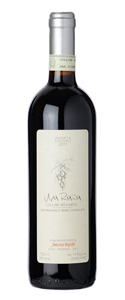
Price $20-$25
Pairs well with veal chop, prosciutto di Parma, pork with fruit sauce, lamb shank, beef and black bean stir-fry
The key to success is giving it enough time. Because as the meat cooks its fibers begin to expel moisture, thereby causing it to become dry and less flavorful. If you were to pull the meat out of the pan at this point you would be disappointed with the results. But if you give the meat more cooking time these fibers relax and absorb the melted fat as well as the flavorful broth. This process is called osmosis. The long and short of it is that everything re-hydrates and becomes very tender with whatever amazing flavors you put in the braising liquid.
You could stop there. Braised Lamb Shanks are delicious served all on their own with some of that velvety sauce I mentioned and a nice glass of wine. Ken chose an unusual Italian grape with 2011 Brigatti Uva Rara Colline Novaresi, but one of the more subtle styles of California Cabernet Sauvignons would be nice too. These shanks can also be served casually sitting on top a pile of the cooked grain of your choice. They’re also perfect with any potato you choose to whip up.
However, when layered with an interesting collection of flavors and textures, as in these Braised Lamb Shanks with Curried Cauliflower and Roasted Grapes, braises are elegant make-ahead dinner party fare. Besides, both the roasted grapes and the curried cauliflower are versatile enough to be worked into many other of your favorite dishes. Win/Win. GREG
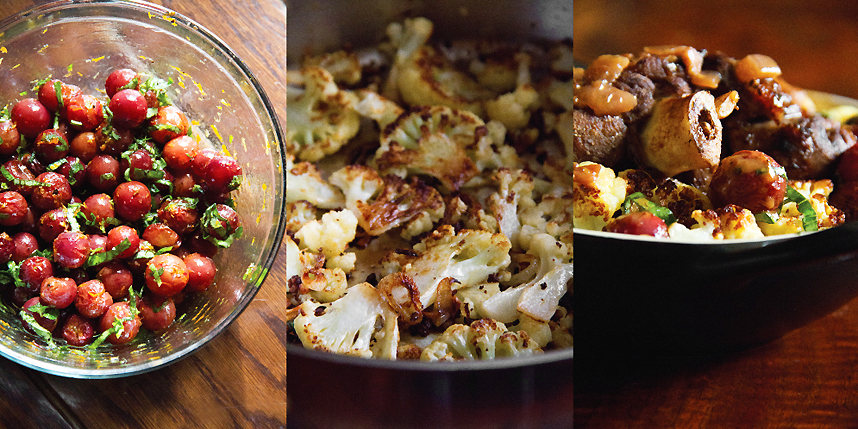
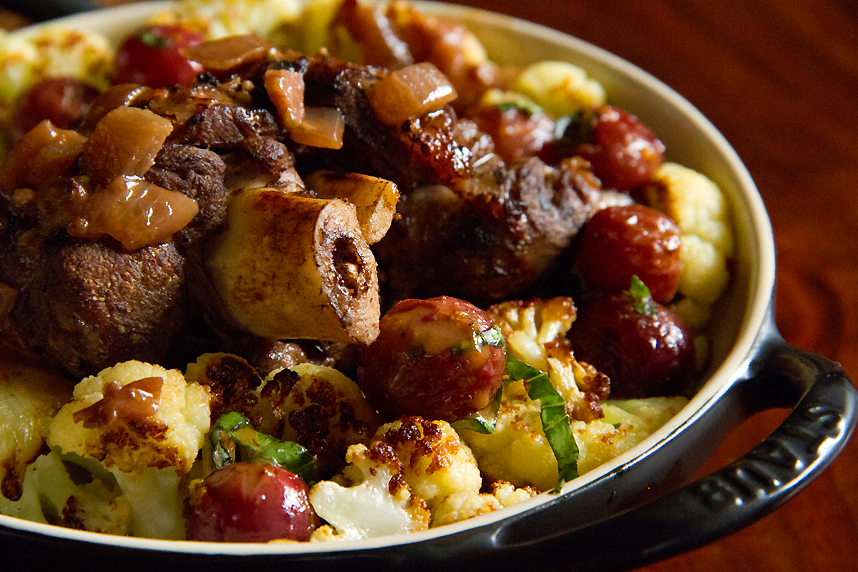
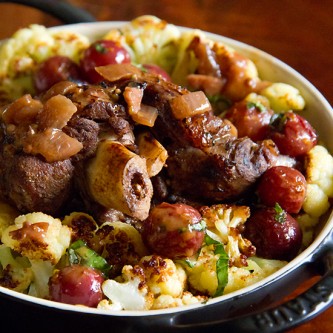
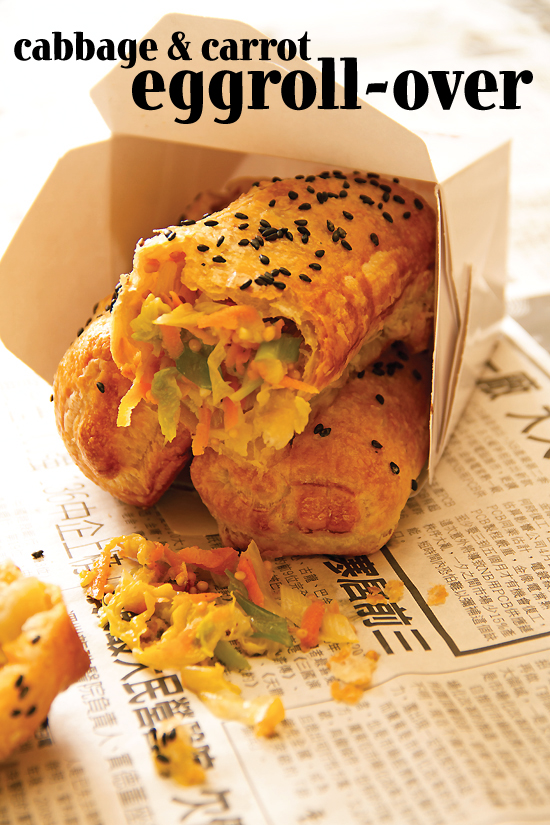
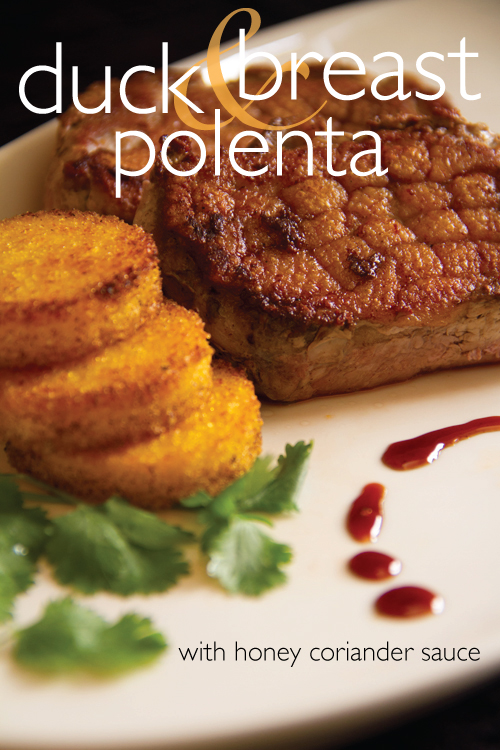
I LOVE when “come and get it” aromas fill my house! And those grapes. Oh my!
Holy Cow.…. love the idea of the roasted grapes. Another 20 degree day here, whish I had some shanks in the fridge!
Love that bottom photo — great light. And you’re so right that braising generates those wonderful “come and get it” aromas! Lamb shanks are wonderful when braised. Love the idea of the curried cauliflower and the roasted grapes — just perfect. Thanks.
Roasted grapes, curried cauliflower, braised lamb shanks.. wow! They all sound so good!
It’s the middle of the night and now I’m REALLY craving your lamb dish! I love both lamb and the braising method. But can you believe I’ve never roasted grapes? No, I don’t live in a cave.;) Fantastic recipe Great!
Like you, Greg, I love braising. It requires a little work up front but the end result (hours later) is incredible. .
Like you, Greg, I am a big fan of braising. It is a little work up front for an amazing result hours later! Now, having said that, I have never made lamb shanks. So I need to get myself to the butcher before there there is no winter left in Tucson!
I don’t know what I like more, the look of those shanks or that gorgeous pan!
I could live off the grapes and cauli! That sounds like the perfect meal to me! I love roasting both and have been on a major cauli kick the past month or so. Need to pair it up with the grapes. Great idea!
Looks so delicious and tender. I made a curry cauliflower dish this week too, we’re on the same wavelength. 🙂
This looks wonderful. I haven’t had lamb in a while and it’s about time!
What a wonderful dish for our all too brief California winter. It sounds and looks fantastic. And I always enjoy Ken’s suggestions for the wine; this one is new to me, and so I will have to try it. As always, thanks for the dinner ideas.
This is one of those recipes that makes me wish I lived next store to you. You couldn’t shut me out. I’d bring dessert.
Braising magic is just about the best kind of magic!! This is definitely a winter-worthy meal.
Did you just say lamb shanks? I’m there!
This is my husband’s favorite dish — and cauliflower his favorite vegetable. He deserves a treat!